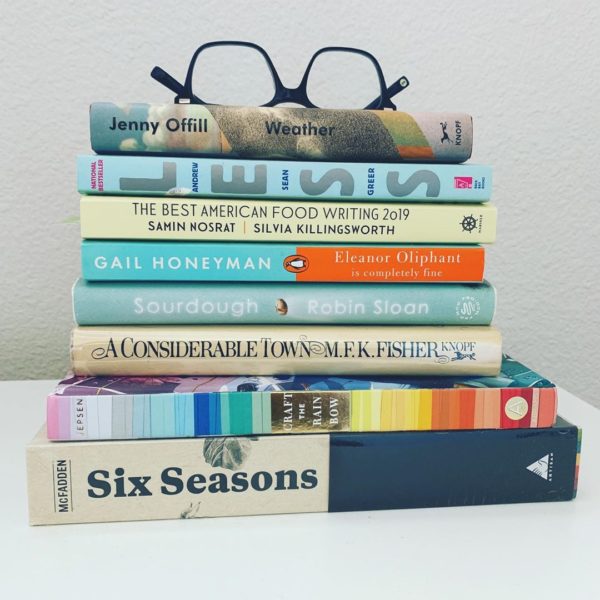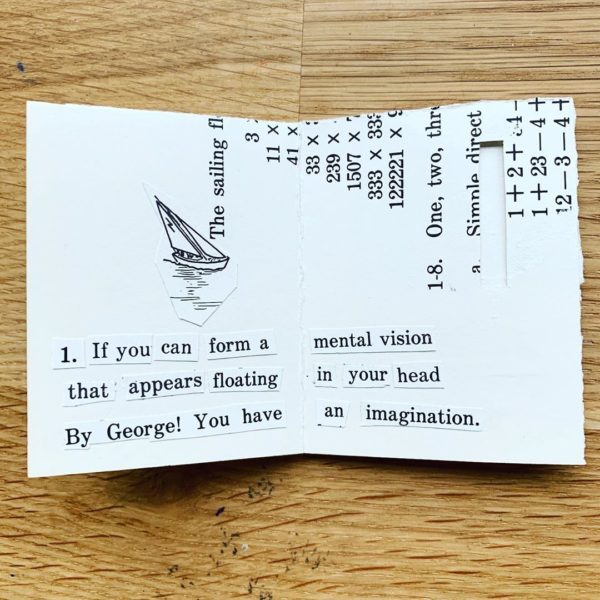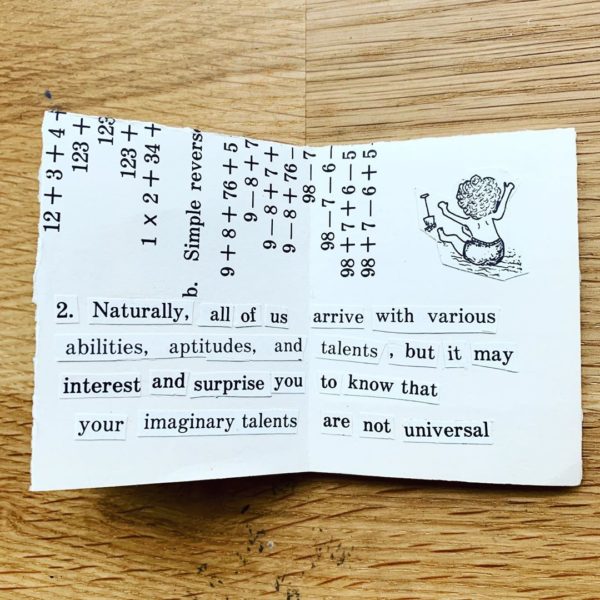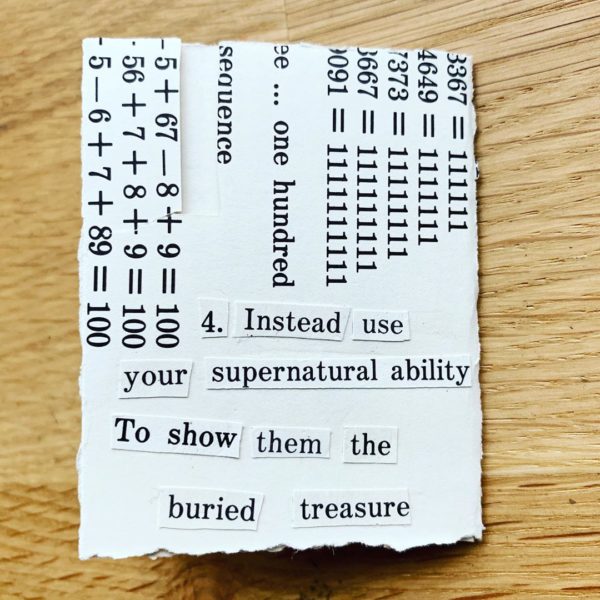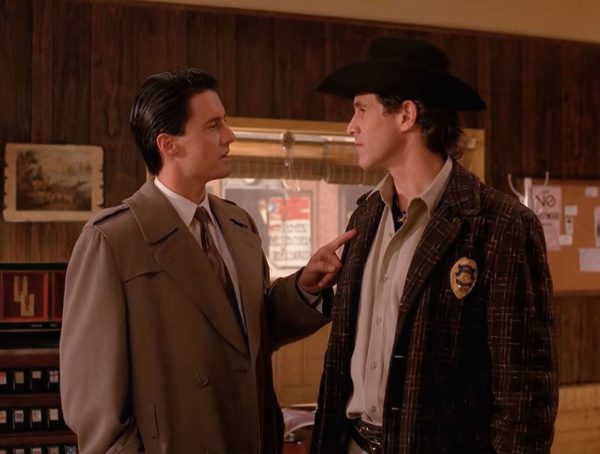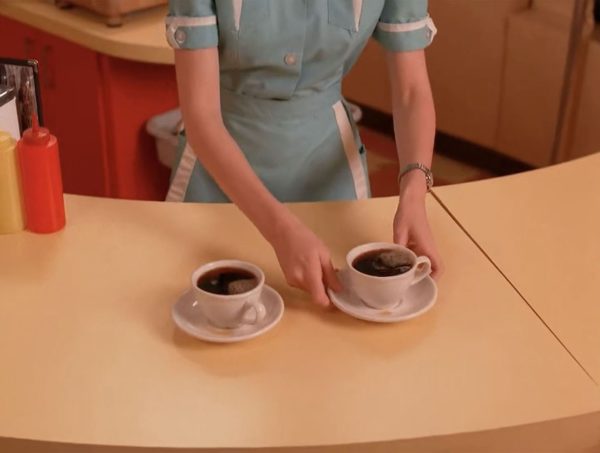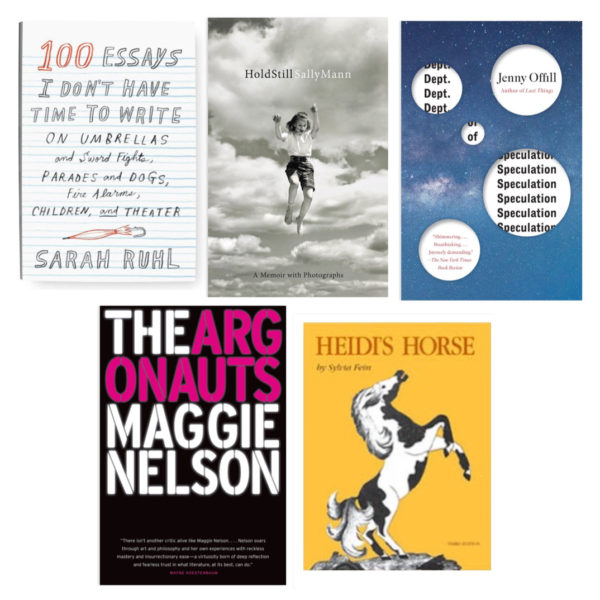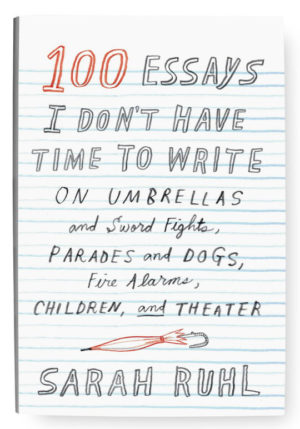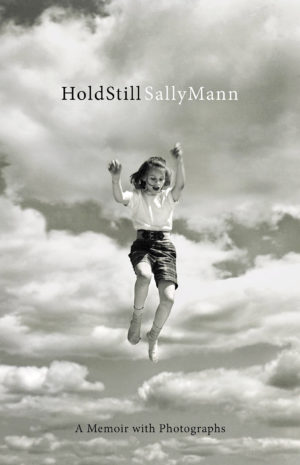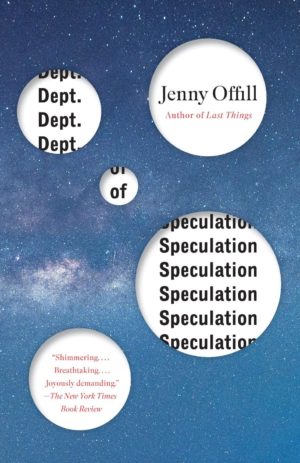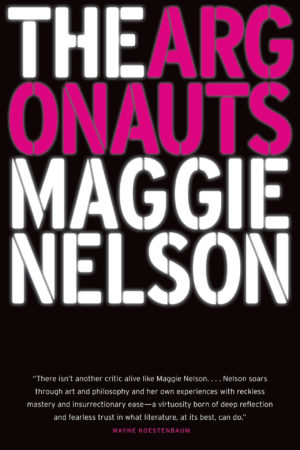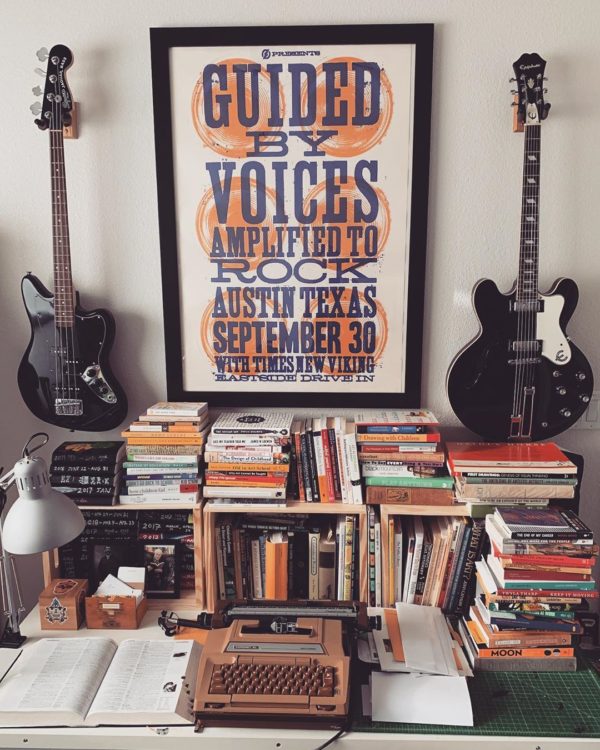
“Are you amplified to rock?
Are you hoping for a contact?”
—Guided By Voices, “Hardcore UFOs”
I haven’t written a book in this office yet. Yesterday, my wife hung my guitars and my Guided By Voices poster and then she hung up a blank bulletin board with my father-in-law’s 3 Axioms:
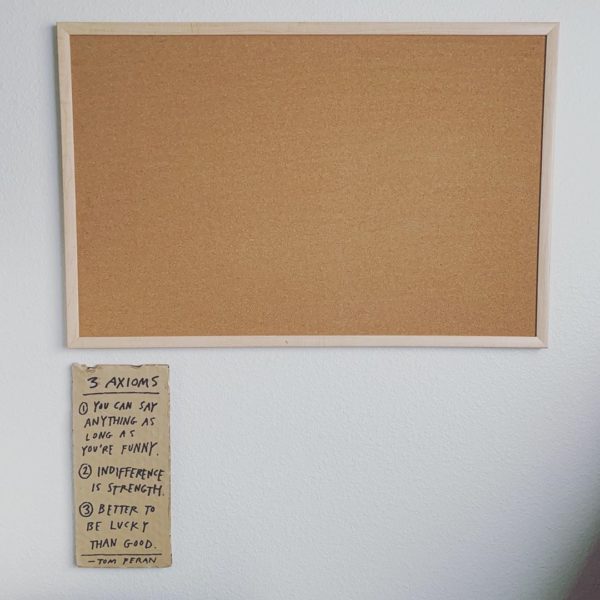
And it’s been nice and wet and cloudy in the mornings:
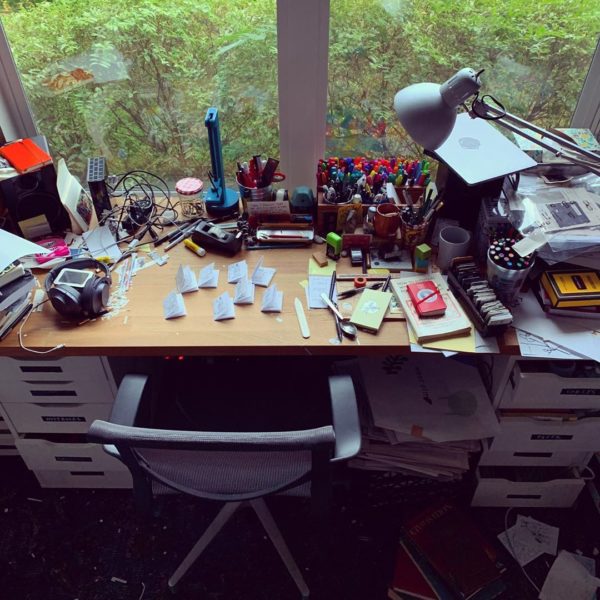
And it’s starting to feel like it’s time to really get down to business around here.
Count the days that we have wasted from the start
Speak the words and build a playground
In your head
